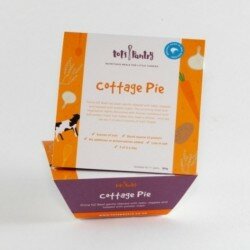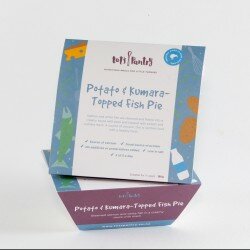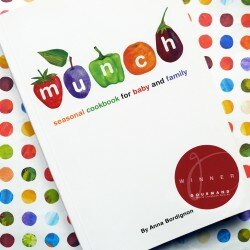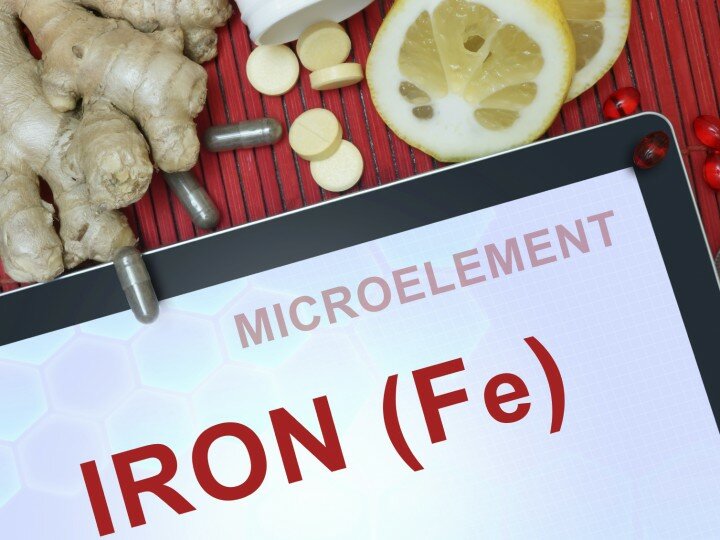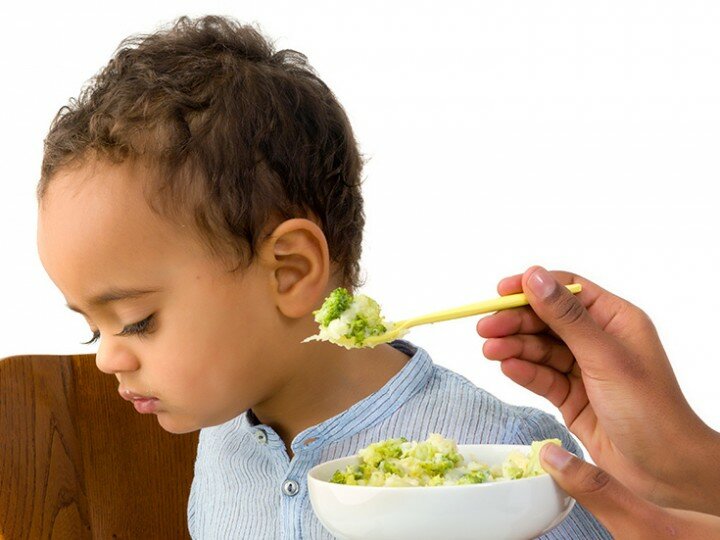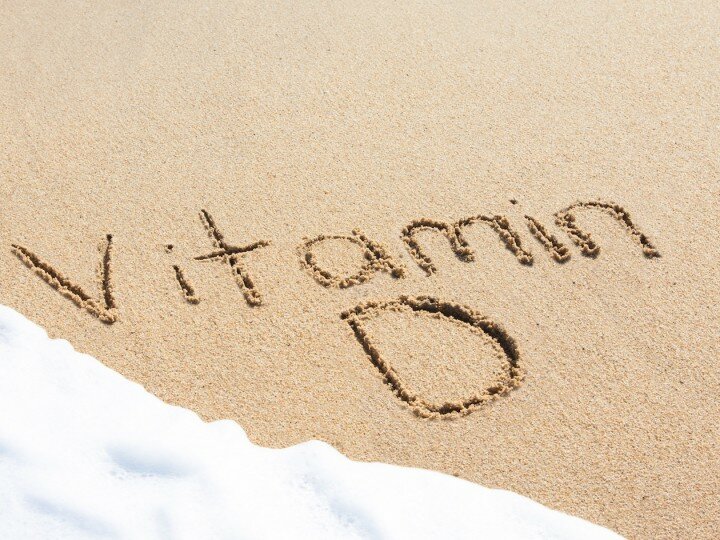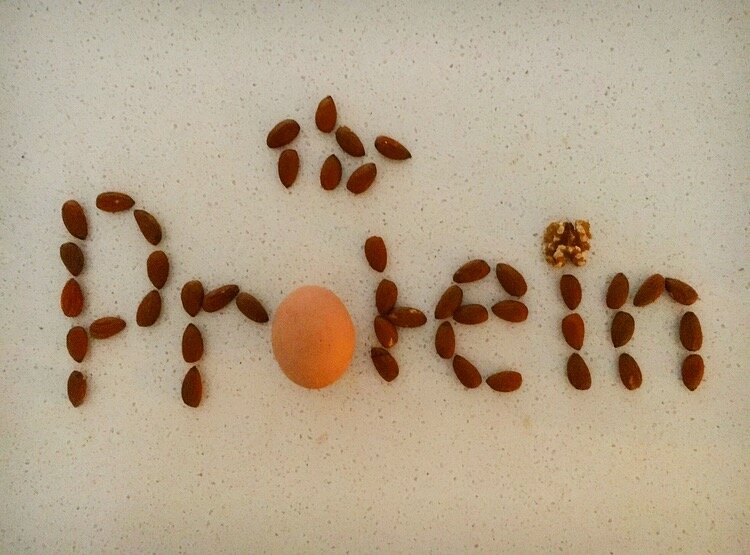
We are always told about how important protein is – particularly for breastfeeding mums, for children, for athletes – but why is it so important? How does it affect growth and development in our children? What are good food sources of protein? It can be overwhelming at times, so we’ve collected together our version of Protein 101 to supply you with some of the basics.
It’s a reasonably worry-free food, but at the same time having a good understanding of which foods provide a good source of protein is useful for parents. Finding toddler-friendly, easy-to-eat foods that are high in protein can be challenging.
Proteins are the building blocks of our bodies and are responsible for bolstering our body’s defences, building bone, muscle and tissues, and for keeping us energised throughout the day. Protein helps slows the release of glucose into the bloodstream. This keeps you feeling fuller for longer, gives you lasting energy and helps prevents excess blood sugar being stored as fat. It enables the body to produce neurotransmitters (serotonin and adrenalin) that have a positive effect on mood and motivation. You may have come across serotonin before when researching how to get your children to sleep. Serotonin brings on the feelings of satiety, happiness, and sleepiness.
Good sources of protein include meat, poultry, eggs, fish, nuts and beans. We’ll get to some serving suggestions a little later.
Protein is made up of amino acids, but what exactly are they? In a nutshell, they are molecules, and there are twenty different amino acids in total that are used in the body to make proteins. Different proteins are made up from different patterns of amino acids, so having access to all twenty amino acids is important for the creation of protein in our bodies. Amino acids can be broken down into two types, essential and non-essential. Essential amino acids can’t be made in the body, so we need to acquire these from the food we eat. Non-essential amino acids are those that our body can put together by itself.
So when someone describes proteins to you as “complete”, they mean proteins that contain all of the essential amino acids. A protein missing one or more of these is called an incomplete protein.
And here’s where this bit of knowledge will help you with your food choices. Animal sources of food contain complete proteins, however grains and legumes (such as peas, beans and lentils), nuts and seeds do not contain all of the essential amino acids and so are called incomplete proteins. Eating incomplete proteins is not a bad thing; for one because they are lower in saturated fat than animal sources, and they are typically high in other good stuff like vitamins and minerals.
So if you are planning on raising your child a vegetarian, do not be alarmed. You can still ensure your child gets all of the essential amino acids as long as you provide a varied diet. Our body simply mixes and matches the essential amino acids from different sources until they get the complete set. They don’t even need to be consumed all on the same day, as the amino acids reside in our bodies until they are incorporated into a protein.
And just in case you were wondering “can I give my child too much protein?”, the good news is that if your body has more protein than necessary it will simply disassemble the excess protein, utilise the amino acids that it needs and discard any leftover nitrogen through the kidneys. However we must stress at this point that this does not extend to protein supplements or powders which would not be adivsed unless recommended by a medical practitioner.
Here at Tot’s Pantry we decided with our nutritionist that all of our meals must contain a source of protein. According to the NZ Food Standards Code this is 5g per serve. When we develop our recipes we consider our ingredients carefully to pack as much protein as we can into our meals. And here is the result per serve:
Cottage Pie 17.7g; Sausage beans & mash 15.8g; Spelt Spag Bol 16.4g; Fish Pie 19.2g
Yippee! (And they’re delicious too!)
Other ideas to get more protein into your little one’s diet –
– Nuts are a great source of protein but they are also a potential choke hazard for young children. Try nut butters such as peanut, cashew or almond butter on toast. Choose one that is salt and sugar reduced.
– Try yoghurt with breakfast, snacks or desserts. Plain unsweetened is best.
– Try hummus with snacks as a dip.
– Eggs, baked beans and tinned tuna are easy, inexpensive sources of protein.
Protein is powerful stuff. It builds bones, muscles, and tissues, keeps your little one’s engine revved throughout the day, and it helps stimulate those important, mood-affecting and sleep-inducing neurotransmitters. As always it is important to offer a varied diet to your children (but we appreciate those fussy monsters are not always so easy to convince!)
Newer
Vitamin D – how do we balance adequate intake with managing the risks associated with exposure to the sun?
Older
Vegetarian sausage roll recipe with walnuts
Comments (0)
Leave a reply
You must be logged in to post a comment.

